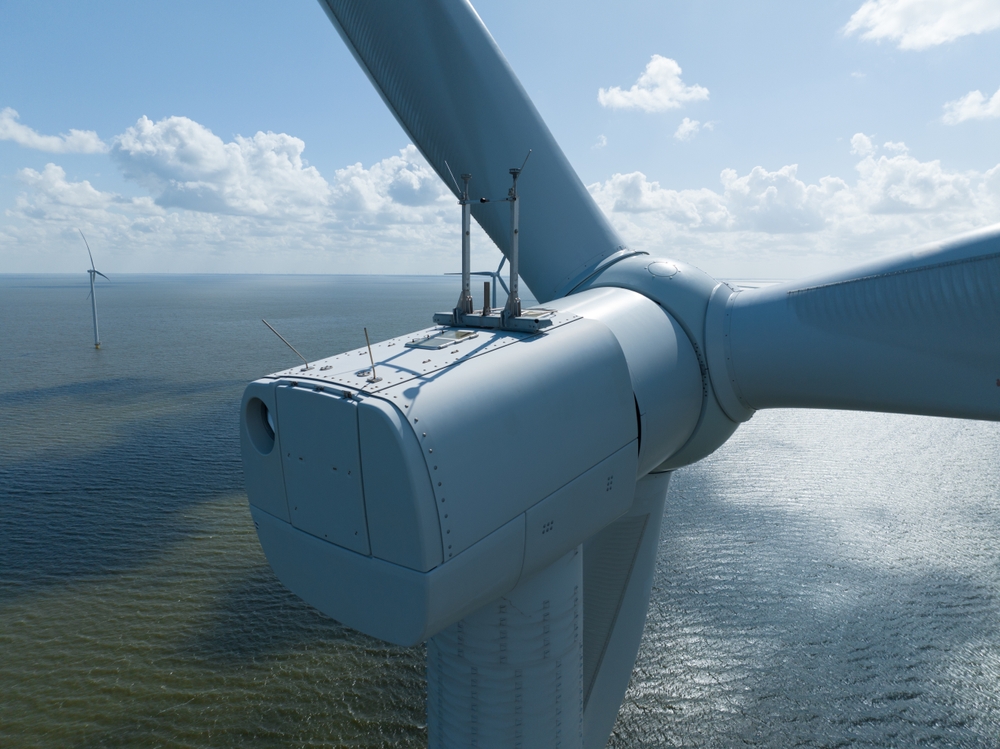Last October, Connecticut officials couldn’t hide their enthusiasm when they eagerly signed on to a multi-state offshore wind agreement with Massachusetts and Rhode Island, boasting about the state’s green energy future.
However, on Sept. 6, as Gov. Maura Healey (D-MA) and Gov. Dan McKee (D-RI) celebrated their states’ commitment to procuring thousands of megawatts, Connecticut was strangely missing in action.
The Memorandum of Understanding (MOU) on Offshore Wind Supply Chain Coordination, signed by energy and environment commissioners from each state, allows the three states to work together and use their buying power to solicit the development of large offshore wind farms. Meanwhile, the wind farms will be built in the offshore wind area south of Massachusetts and Rhode Island.
The winners of the offshore wind bid were supposed to be announced on Aug. 7, but that date came and went with no decision. Massachusetts delayed the announcement, claiming they needed more time to assess the impact of a federal grant for regional onshore transmission infrastructure related to offshore wind.
Yet Connecticut remained vague, only stating that they would name the winners sometime in the third quarter. That leaves the state with fewer than three weeks to make an announcement.
While Massachusetts and Rhode Island have made big commitments to offshore wind, one glaring issue remains: no one knows what these deals will cost. Ratepayers are left in the dark, wondering how much of a hit their electric bills will take once these projects are underway.
This is particularly troubling to Senate Minority Leader Stephen Harding (R-Brookfield), who told Yankee Institute that the public deserves to know what kind of contracts the state is entering into, especially when they could significantly impact energy rates.
“There shouldn’t be any level of secrecy,” Harding said. “As far as I know, there’s no legal reasoning as to why they need to keep any of these bids or numbers sealed.”
He added, “If someone can give legal reasoning, fine, but absent that, the public should be engaged and should be involved in what we’re entering into moving forward.”
Gov. Ned Lamont’s silence is also angering environmental groups. The Connecticut League of Conservation Voters and Connecticut’s Roundtable on Jobs and Climate have both issued calls for action, urging the public to pressure the governor to join Massachusetts and Rhode Island in the offshore wind deal.
“Fulfill your promise to secure offshore wind for our state,” they said in a message to the governor. “This will address the climate crisis, improve our economy, protect our health, and help stabilize our electric rates.”
Despite their push, Gov. Lamont has yet to provide any clear direction, leaving even his environmental allies wondering the rationale behind the delay.
Connecticut hasn’t always been so quiet about the tri-state offshore wind plan. On October 4, 2023, during a press conference, Connecticut’s Department of Energy and Environmental Protection (DEEP) Commissioner Katie Dykes was proudly touting the state’s involvement.
“We’re going to be, for the first time, conducting our procurement for the next tranche of offshore wind projects with our sister states in New England,” Dykes said. “It’s something that we‘ve talked about for a long time.”
During the press conference, Commissioner Dykes highlighted the states’ shared commitment to offshore wind, framing it as essential for meeting clean energy targets, maintaining grid reliability — especially in the winter months — and building a so-called “green economy.” She stated, “We know how important it is for maintaining the reliability of the grid, and how important it is for creating a green economy in our region.”
She went on to claim that aligning procurement efforts with Massachusetts and Rhode Island would boost competition and lead to more favorable project selections through joint decision-making. “We think this is the kind of leadership that’s needed to help move the offshore wind investment future forward,” Dykes added.
Whether this “leadership” will deliver results or increase electricity costs remains to be seen because ratepayers are being kept in the dark about the logistics and cost of moving forward with the procurement.
Gov. Lamont was also quick to praise the collaboration. In a Oct. 4, 2023 press release , he wrote, “We can go further when we work together, and I’m excited to be collaborating with our neighbors in Massachusetts and Rhode Island on this MOU, which opens up the potential for us to procure clean energy from offshore wind together at more competitive and affordable rates, for the benefit of the residents and businesses in our respective states.”
The big question remains: Why hasn’t Connecticut made an announcement like its neighbors? It’s hard to ignore the possibility that Gov. Lamont is dragging his feet, especially given the public outrage over recent spikes in electricity rates. With Connecticut already facing some of the highest electric bills in the country, jumping into a costly offshore wind commitment might only add to the burden on struggling ratepayers.
Connecticut residents and businesses are already grappling with skyrocketing energy costs, and adding wind power into the mix won’t come cheap. These costs inevitably get passed on to consumers, which could mean even higher bills for the state.
Sen. Ryan Fazio (R-Greenwich) voiced concerns about transparency to the CT Examiner, stating, “I think the general public is pretty much in the dark about what is going on. Connecticut residents deserve transparency and answers about the decision-making here. No decision should be delayed just to get past November. If that ended up being the case, I think that would be viewed very negatively by the general public, and rightfully so.”
The real issue here is, why all the secrecy? Gov. Lamont and his administration have long championed renewable energy, yet their sudden silence on offshore wind suggests there is more to the story. With tensions already high over soaring energy bills, transparency is no longer optional — it’s a necessity. Connecticut’s ratepayers deserve to know the true cost of this commitment before they are asked to shoulder the burden.

